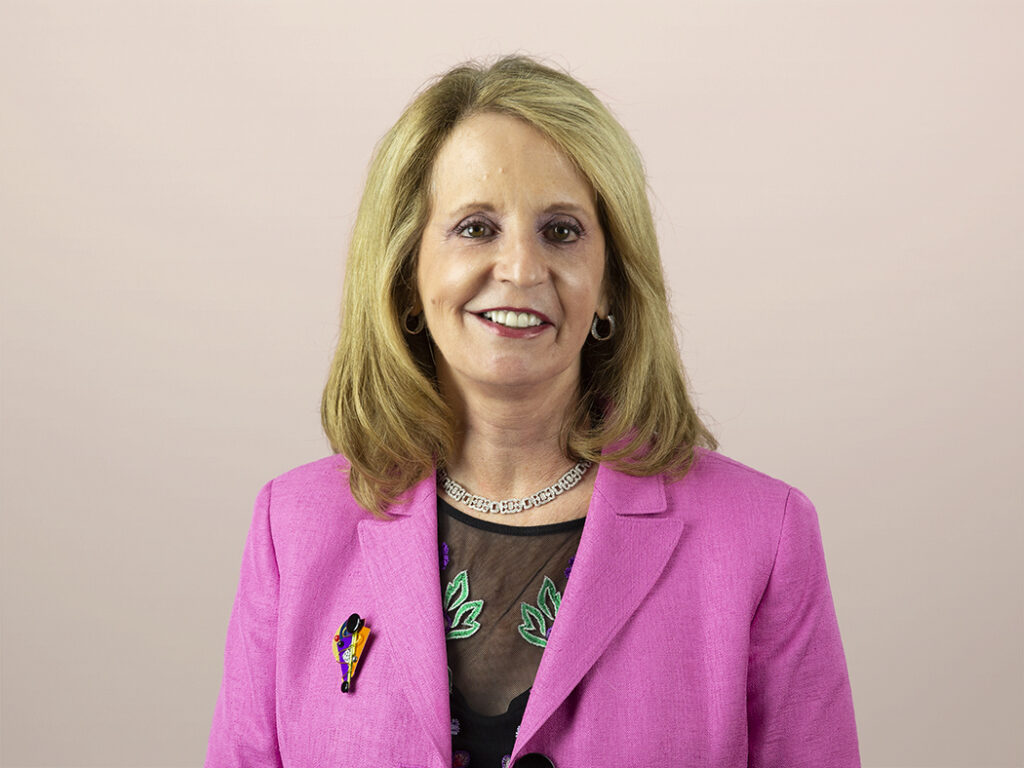The B2B Buyer’s Journey Grows Up; It’s Time For Your Approach To Grow Up Too
If you have children or are involved with children, you know that just as soon as you’ve figured out how to engage with that cute little baby in the right way, everything changes. Before you turn around, that baby you knew is starting school, graduating from college, and moving on to a career of her own. And as the baby grows and changes, your approach to engage with her on her terms must change too. If you’ve ever tried to talk to a teenager in the same way that you speak to a 10 year old, you know exactly what I mean.
While we understand and instinctively know how to change our approach as children grow up, we don’t often think of our buyers growing up. But, in the post-digital age, they are growing up and changing frequently. And as marketers, you must adapt and change your approach along with them.
And that’s where my new report, “Rethink Marketing In The Customer’s Context” (subscription required) can help. Expanding on a report published on February 21, 2013, my new report provides a framework for business-to-business (B2B) marketers to recast their approach with the full customer lifecycle in mind.
Start now to update your approach and:
- Put the customer at the center of marketing thinking. Today’s market realities demand that B2B CMOs replace internal sales-driven marketing funnels with a full customer-life-cycle approach that aligns with the ways customers now make purchase decisions and build relationships with their vendors.
- Map the B2B customer life cycle to define your marketing strategy. As the customer buying journey progresses from discovery to exploring options, your marketing efforts must help customers navigate to their final purchase destination with relevant content targeted to the questions they are looking to answer at each stage. The map of your customer’s life cycle must support initial decision-making as well as the ongoing engagement process.
- Adapt to changes in B2B customers’ behavior. In what Forrester defines as the age of the customer, two elements are essential to success: a customer-obsessed approach to defining the business and marketing strategy and an in-depth understanding of customers’ behaviors and needs. The onus is on B2B CMOs to integrate intimate knowledge of customers into marketing activities that serve the varied needs of these customers as they move through the decision process. The initial trigger by a potential customer serves as a flashpoint that should kick off a series of marketing and sales activities that focus on driving specific and observable buyer outcomes.
Is your marketing strategy aligned to the B2B customer life cycle? How are you adapting to your customers’ changing behavior?
I’d love to hear your comments and perspectives about this topic. Please reach out to me via email, on my blog, or on my Twitter account with your thoughts, or request an inquiry with me here.
